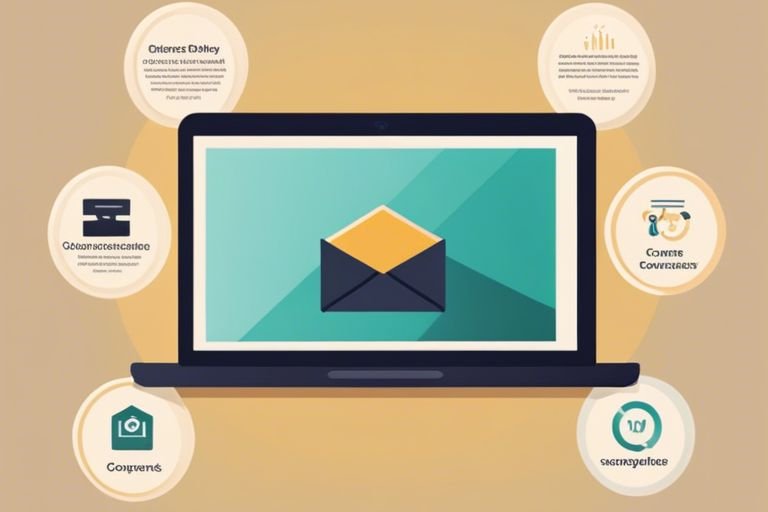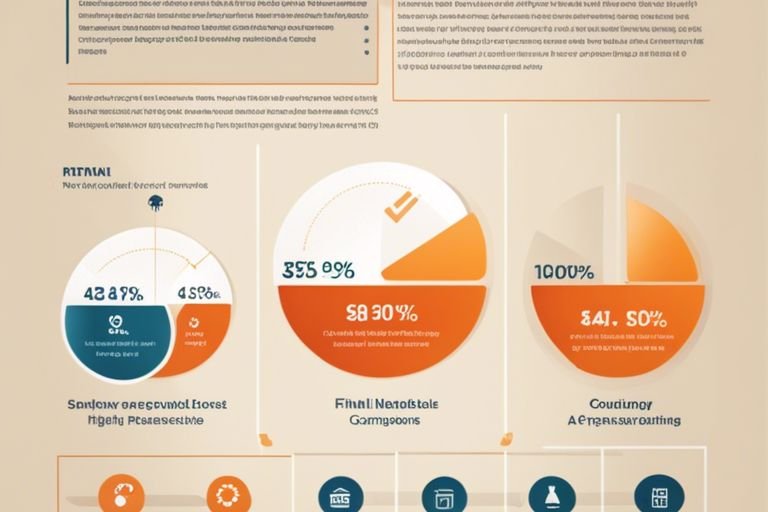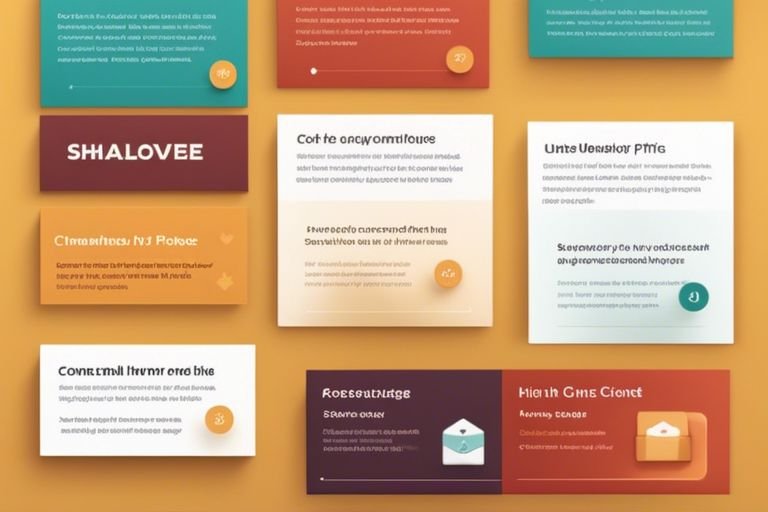Email marketing is a powerful tool for businesses to connect with their audience on a personal level. Crafting compelling email content is important to cut through the clutter and convert readers into customers. In this blog post, we will explore engaging email content examples that have proven to convert leads into sales. By incorporating these tactics into your email marketing strategy, you can increase engagement and boost your conversion rates.

Key Takeaways:
- Personalization is key: Tailor your email content to your audience by addressing them by name and offering customized recommendations based on their interests and behaviors.
- Use compelling subject lines: Grab the reader’s attention with catchy and relevant subject lines that entice them to open the email and engage with the content inside.
- Incorporate multimedia elements: Include visuals such as images, videos, and GIFs to make your email content more visually appealing and engaging for subscribers.
- Create a sense of urgency: Drive conversions by including limited-time offers, exclusive discounts, or countdown timers that encourage recipients to take action quickly.
- Optimize for mobile: Ensure that your email content is mobile-responsive and easy to read on smartphones and tablets to reach and engage with a wider audience across different devices.

Crafting the Subject Line
There’s Email Marketing Campaigns Examples: Strategies for… a reason why the subject line is often referred to as the “gatekeeper” of your email – it’s the first thing your recipients see and can determine whether they open your email or not. Crafting a compelling subject line is vital for any successful email marketing campaign.
Personalization Strategies
Subject lines that include personalization strategies, such as using the recipient’s name or referencing their past interactions with your brand, can make your email feel more tailored to the individual. This personal touch can increase open rates and engagement with your email content.
Urgency and Curiosity Triggers
With urgency and curiosity triggers in your subject line, you can create a sense of FOMO (fear of missing out) in your recipients, prompting them to open the email to find out more before the opportunity is gone. Phrases like “Limited Time Offer” or “Don’t Miss Out” can be highly effective in driving engagement.

Body Content Optimization
Storytelling Techniques
Body content optimization is crucial for email marketing success. Your storytelling techniques can make or break the engagement level of your subscribers. By crafting compelling narratives that resonate with your audience, you can create a deep, emotional connection that converts readers into customers.
Using Visuals Effectively
One of the most powerful tools in email marketing is the use of visuals. Incorporating eye-catching images and videos can captivate your audience and convey your message more effectively than plain text alone. Visuals can increase engagement and drive higher click-through rates.
To truly make the most of visuals in your email content, be sure to use high-quality images that are relevant to your message and brand. Including videos that showcase your products or tell a story can also be highly effective in capturing your audience’s attention.

Calls-to-Action That Work
Placement and Design
All calls-to-action (CTAs) should be strategically placed within your email content. The design of the CTA button should stand out with contrasting colors and clear, concise language. Make sure the CTA is above the fold so that it is immediately visible to the reader without the need to scroll.
Creating a Sense of Urgency
One effective way to increase conversion rates is by creating a sense of urgency in your CTAs. By using phrases like “Limited Time Offer” or “Act Now,” you can instill a fear of missing out in your subscribers, compelling them to take immediate action.
Urgency: Incorporating urgent language such as “Hurry, offer ends soon” or “Last chance to save” can create a sense of FOMO (fear of missing out) among your readers. This urgency prompts them to make a quick decision and click on your CTA before the opportunity passes.
Measuring Success
Key Performance Indicators (KPIs)
Many email marketers rely on Key Performance Indicators (KPIs) to measure the success of their email campaigns. These KPIs can include metrics like open rates, click-through rates, conversion rates, and bounce rates. By regularly tracking these KPIs, marketers can gain valuable insights into the effectiveness of their email content and make data-driven decisions to optimize future campaigns.
A/B Testing Best Practices
On A/B testing best practices, it is vital to continually test different elements of your email content, such as subject lines, calls-to-action, and images, to identify which variations resonate best with your audience. Another crucial practice is to test one element at a time to ensure clear and actionable results. Consistent testing and analysis can help you identify the most effective strategies for improving engagement and conversion rates.
Conclusion
The examples provided above showcase various strategies for creating engaging email content that converts. By utilizing personalization, storytelling, clear calls-to-action, and interactive elements, businesses can effectively capture the attention of their audience and drive desired actions. Remember to continuously test and optimize your email content to ensure maximum impact and engagement with your audience.
FAQ
Q: What is the importance of engaging email content?
A: Engaging email content is crucial as it can help build relationships with your subscribers, increase open rates, and ultimately drive conversions for your business.
Q: How can I make my email content more engaging?
A: To make your email content more engaging, you can personalize your emails, use relevant and eye-catching visuals, write compelling subject lines, and provide valuable and useful information to your subscribers.
Q: What are some examples of engaging email content?
A: Some examples of engaging email content include storytelling emails, product update emails, personalized recommendation emails, exclusive offer emails, and interactive content emails.
Q: How can I measure the effectiveness of my email content?
A: You can measure the effectiveness of your email content by tracking metrics such as open rates, click-through rates, conversion rates, and unsubscribe rates. A/B testing can also help you optimize your content for better results.
Q: Why is it important to continuously optimize email content for conversions?
A: Continuous optimization of email content is important because consumer preferences and behaviors change over time. By analyzing data, testing different strategies, and making improvements based on results, you can ensure that your email content remains relevant and effective in converting subscribers into customers.
Recent Posts
Affiliate Offer Goldmine: How I Find Profitable Affiliate Offers
Affiliate marketing can be overwhelming if you rely on guesswork or follow generic advice. I've discovered that most beginners waste time promoting overcrowded, untested, or unprofitable offers. In...
As an affiliate marketer, you know how crucial it is to create engaging and effective blog posts that drive traffic and generate sales. But coming up with fresh and profitable ideas can be a...

